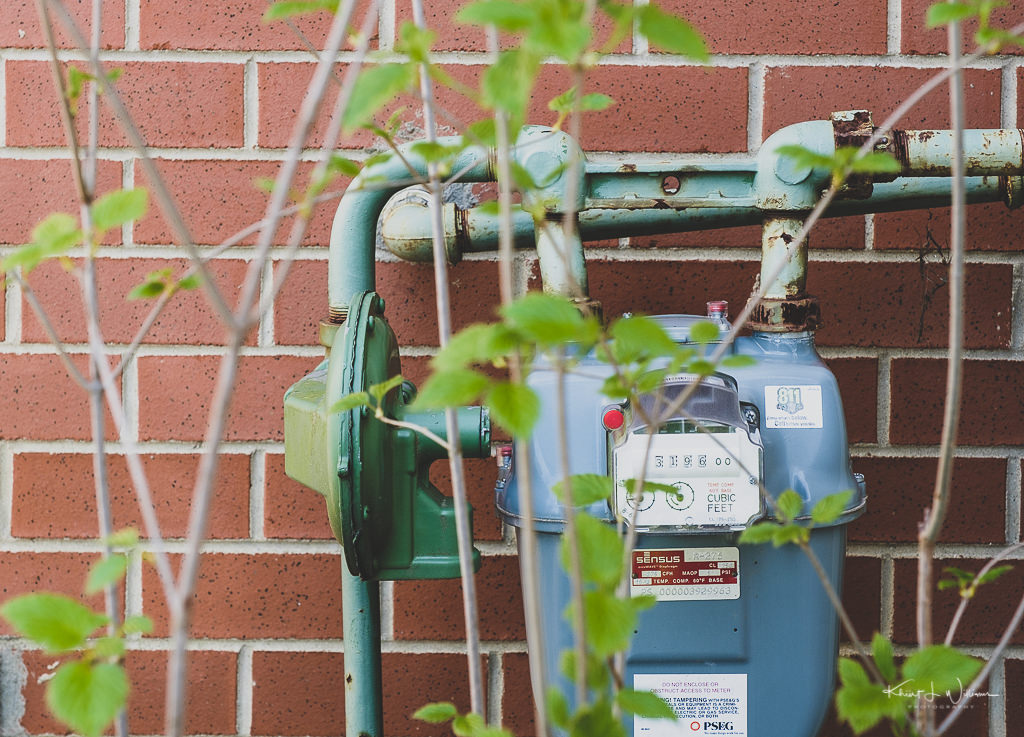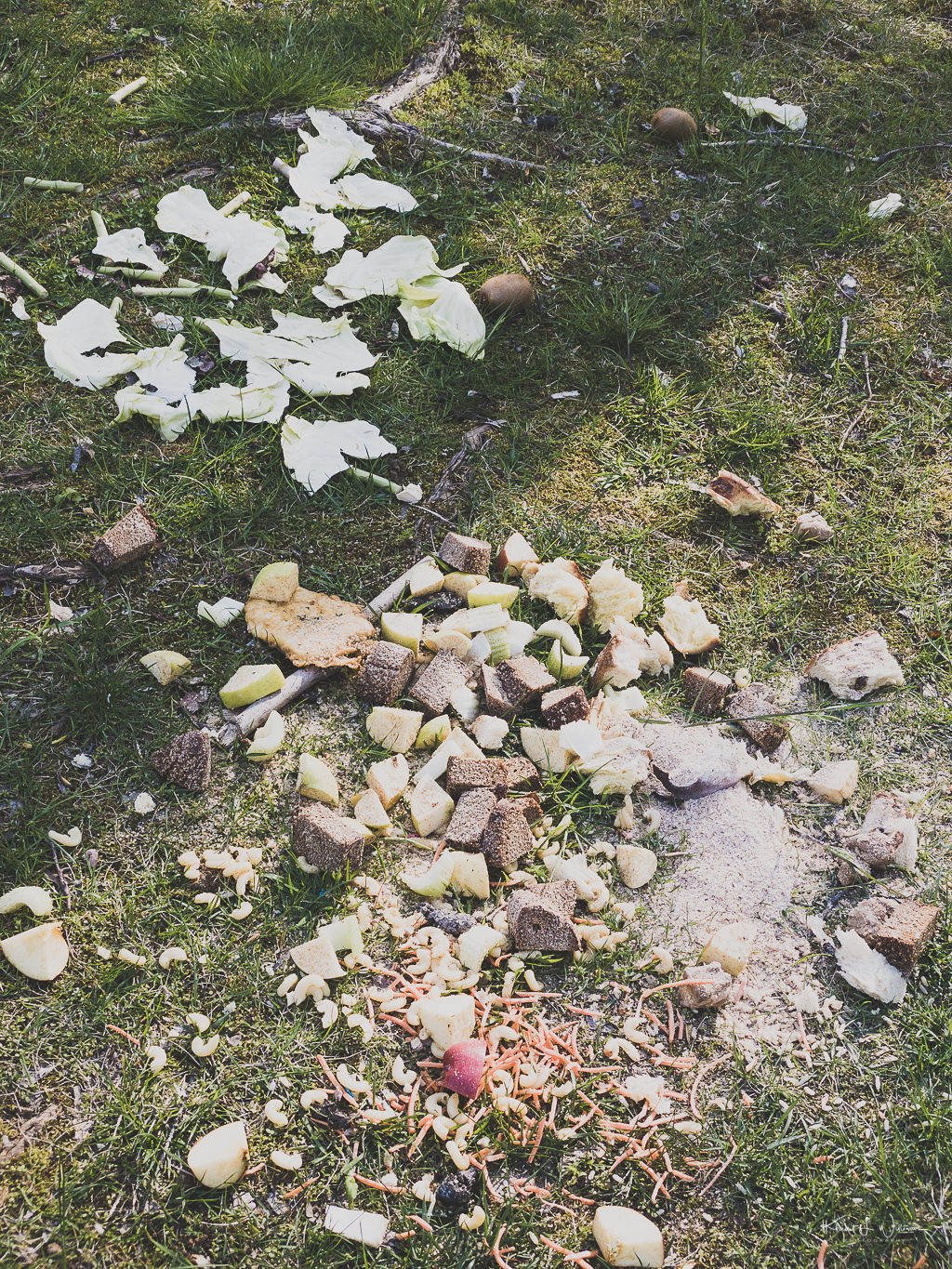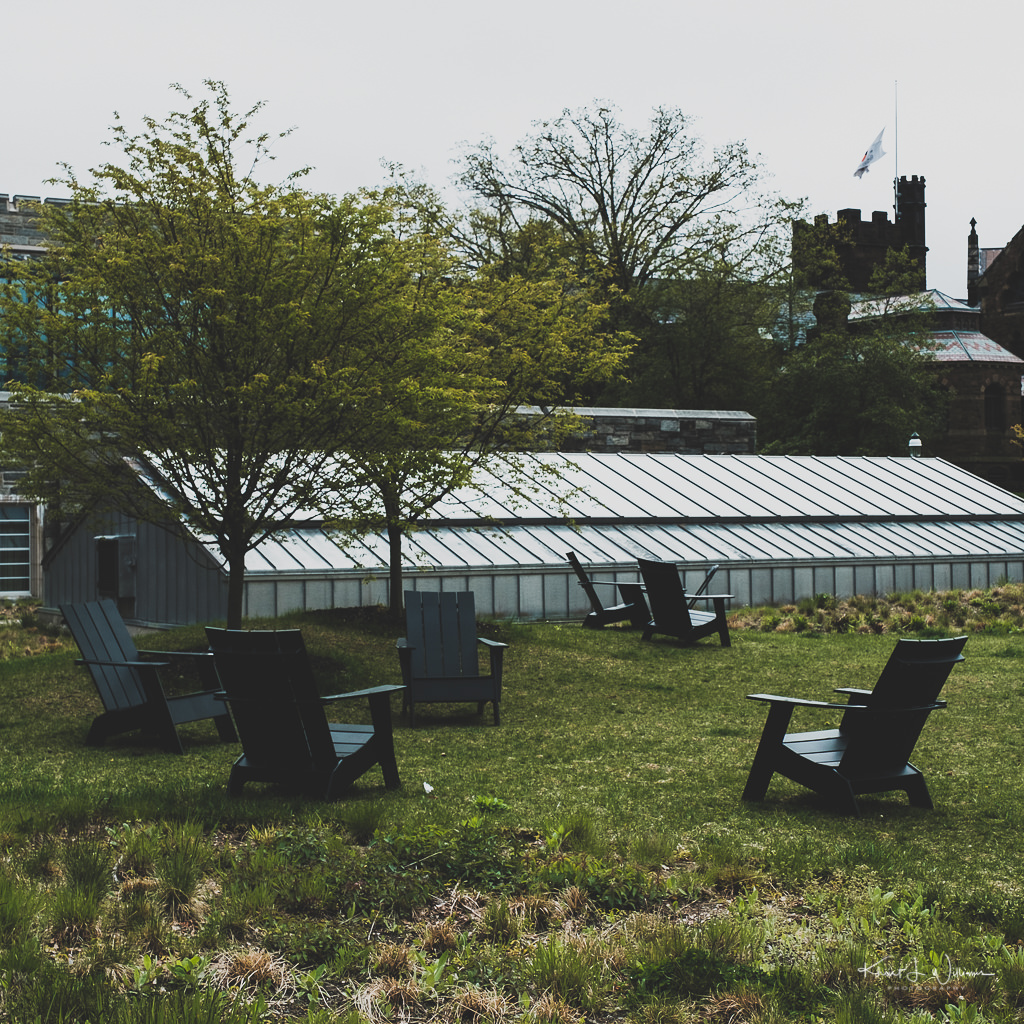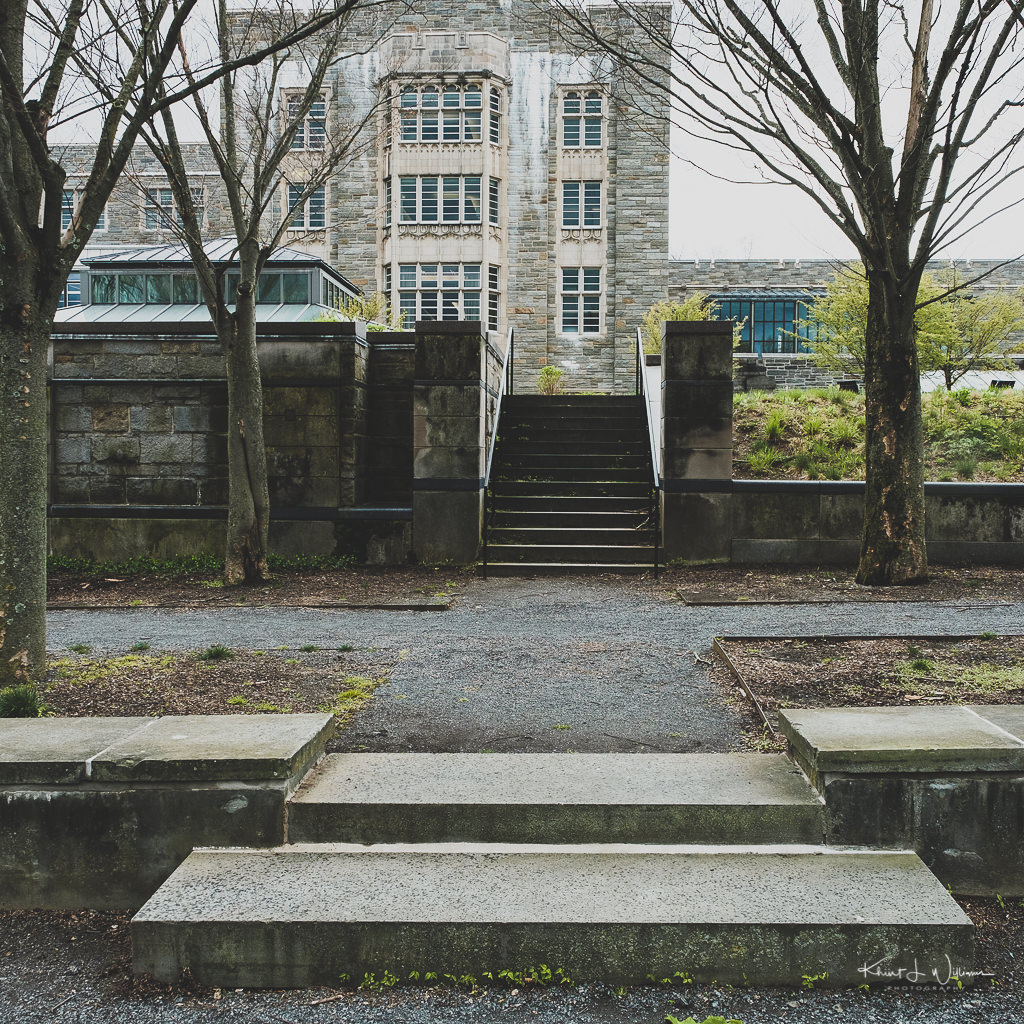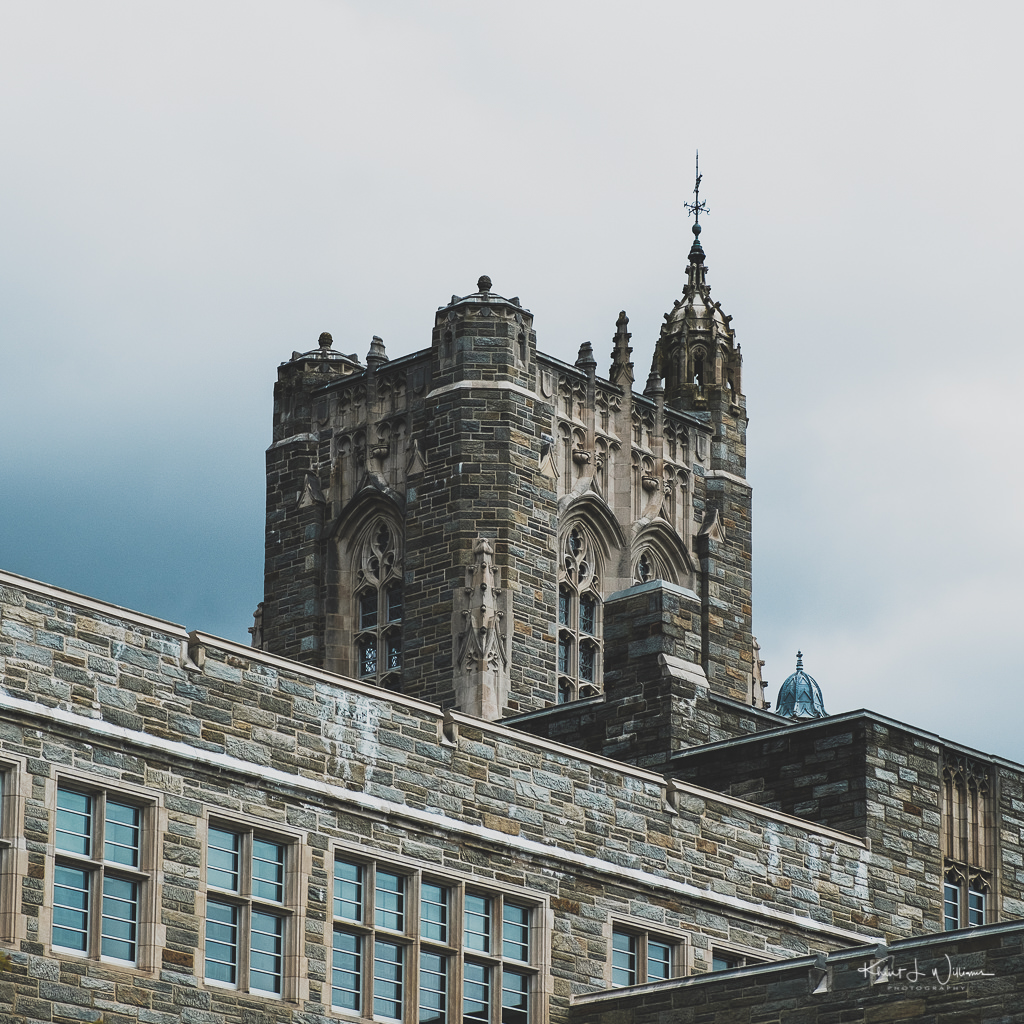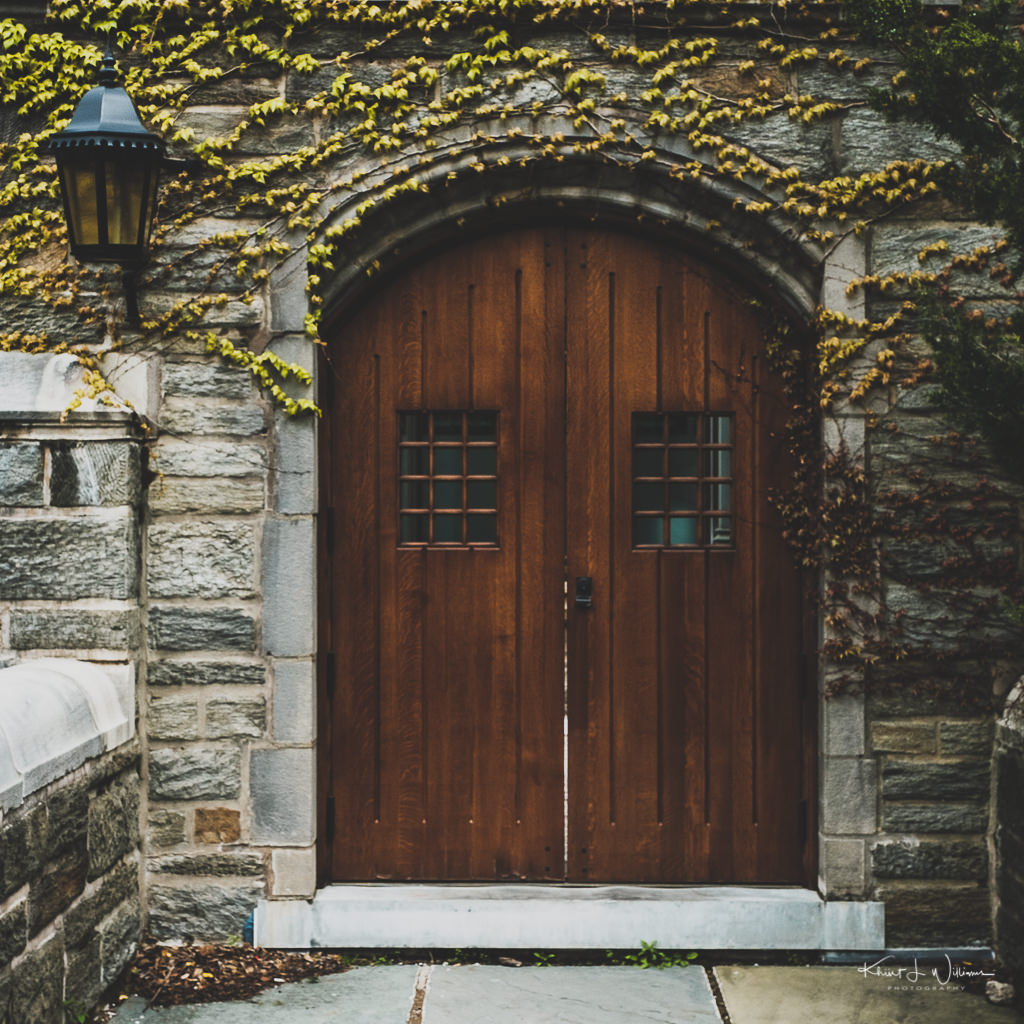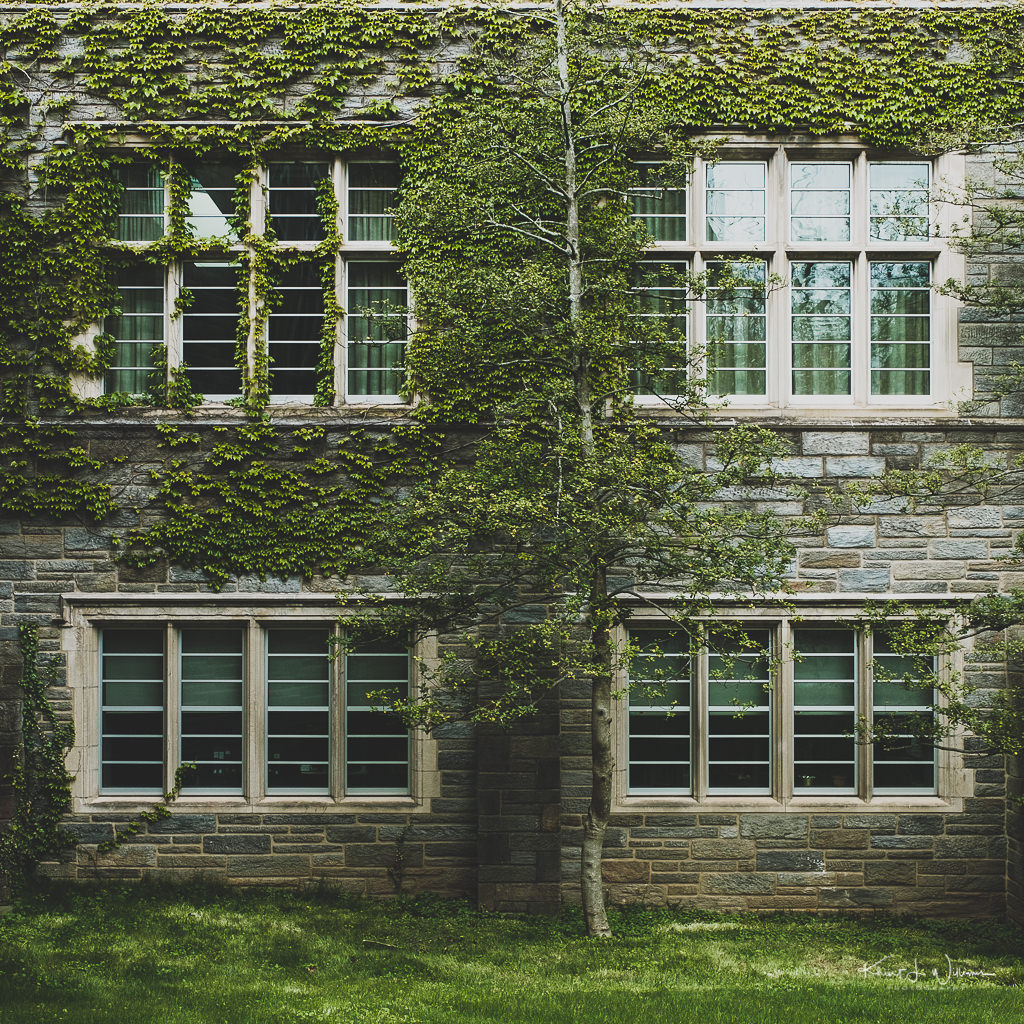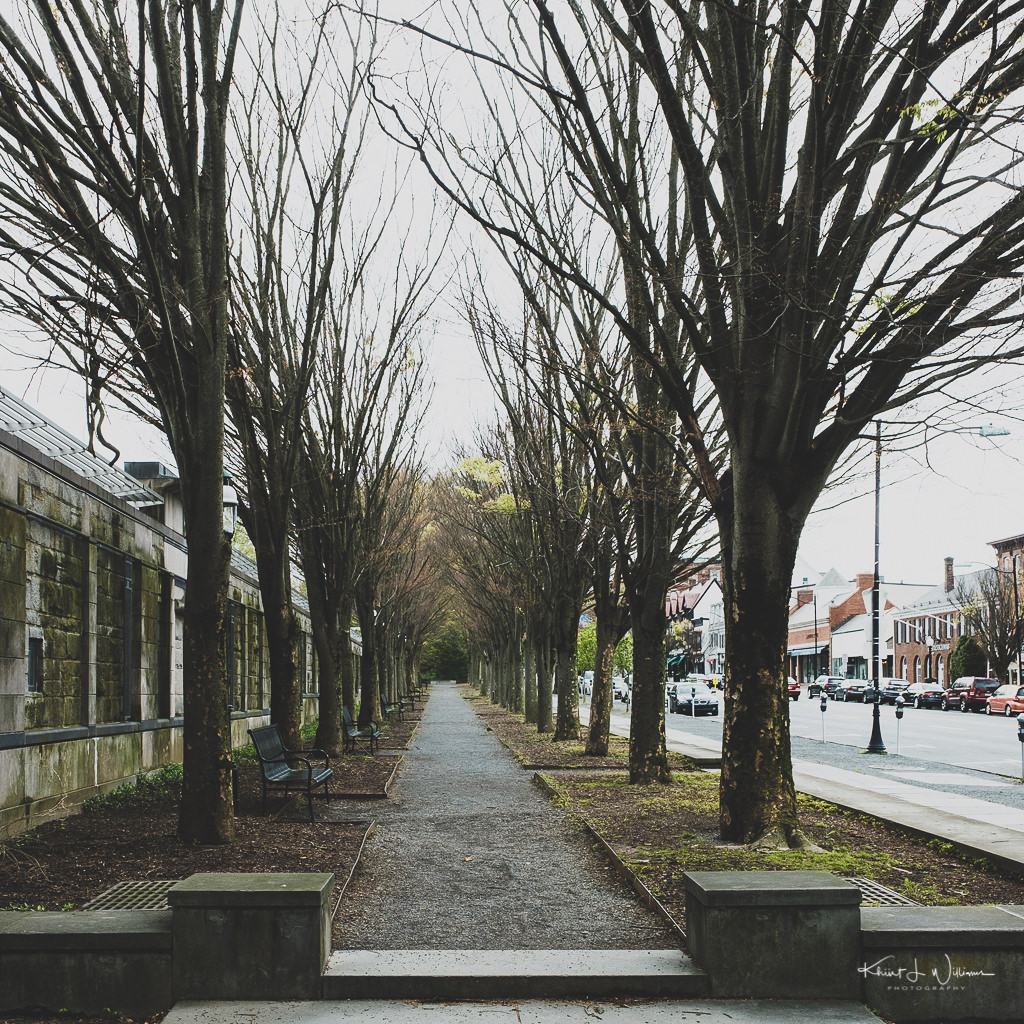I'm borrowing some words from Patrick LaRoque. When New Jersey's government official invoked shelter-in-place executive orders and shuttered most businesses in the state, and later closed state and county parks and nature trails, I fully expected a psychological impact to the pandemic. Few of my "friends" on Facebook didn’t accept the possibility: They felt it necessary to compare this life and this situation and our experiences to the experiences of long-dead World War II veterans. You have a family around you and Netflix, why would this be a problem?
I’m not depressed, but there’s a definite change in the air. In the mornings, I feel lacklustre, it's harder to find enthusiasm for hobbies, and I have a minimal appetite for food. I eat because I know I should, but I don’t enjoy what I eat. Food has become sustenance, nothing more. I am faced with a never-ending list of unknowns and uncertainties about the short term and long term future.
Some of my friends have suggested that I distract myself by learning a new skill even if it's a skill for which I have no interest. All instruction is online now, bu online learning has never appealed to me or worked very well for me. The thought of spending after-work time in the same chair, desk, screen, and keyboard where I work feels like a punishment and a demotivation to learn.

Dan James posed a question on 35hunter, asking readers if COVID-19's pause of daily life has caused them to reflect upon their photography and whether they had decided to change something.
What if you put your photography passion on pause, pressed the reset button, and started all over again?
Due to health challenges, I had a pause in my photography in 2019 and had reset in 2018 and was rearing to work on my 2020 photographic goals. Then COVID-19 happened, and now all my plans are on pause again.
A rising theme in articles I’ve read around Covid-19 this week, is the view that this enforced pause on “normal” life most of us have experienced, has caused many to take stock and reconsider what’s most important.
My wife and I have never been confused about what's important, but right now, under lockdown, we are unable to do the things we have always prioritised; family. Our college undergraduates are with us, but we can't visit with the extended family or have large family dinners and gatherings that we regularly had in our "normal life." Heck, we couldn't even visit my 54-year-old father-in-law in the nursing home before his death a few weeks ago. What's normal for our lives is being there to comfort each other in times of sorrow and loss. But instead, I experienced seeing my younger sister-in-law begging my wife for a hug.

An article in the Washington Post has me quite concerned about how quickly people are willing to surrender privacy for physical safety. Some companies plan on using thermal cameras to monitor the health of workers which is a concern for civil libertarians.
As corporate America itches to reopen, company leaders are scrambling to install fever-screening stations, digital trackers and other security systems as part of a vast experiment designed to flag the potential risks of the coronavirus’ spread.
...
It’s already forced changes in the way the U.S. government deals with long-standing practices intended to ensure hiring decisions are not subject to bias against the disabled. Federal law bans companies from forcing workers to take medical exams, including checking their temperature, but the Equal Employment Opportunity Commission revised its rules last month to say employers could now take workers’ temperatures whenever they wanted — and could withdraw a job offer if a newly hired worker was diagnosed with COVID-19.
We’ve all been told that the normal human temperature is 37°C [98.6°F]. However, this is just an average value, and if you take your temperature right now, chances are it is going to be higher or lower than 37°C [98.6°F].
- Some cancers and cancer treatments can cause fever.
- Some people with thyroid disease have higher body temperatures.
- During ovulation and pregnancy, the body temperatures of many women is higher.
- Children on average have a higher baseline body temperature than adults.
- Many pharmaceutical drugs, including several classes of antibiotics such as penicillins, methyldopa, phenytoin, are known to cause an increase in body temperature.
- Eating spicy food can cause a rise in core body temperature but the lowering of skin temperature.
- Body temperature increases in response to stressful situations -- like wondering if any of the above is about to get you sent home from work.
Invasive methods are required to obtain an exact measurement of the body’s core temperature. A rectal, ear or temporal artery (forehead) temperature of 100.4 degrees or higher generally indicates a fever. I doubt that any employer is going to suggest that.
Submitted as part of the 100DaysToOffload project.